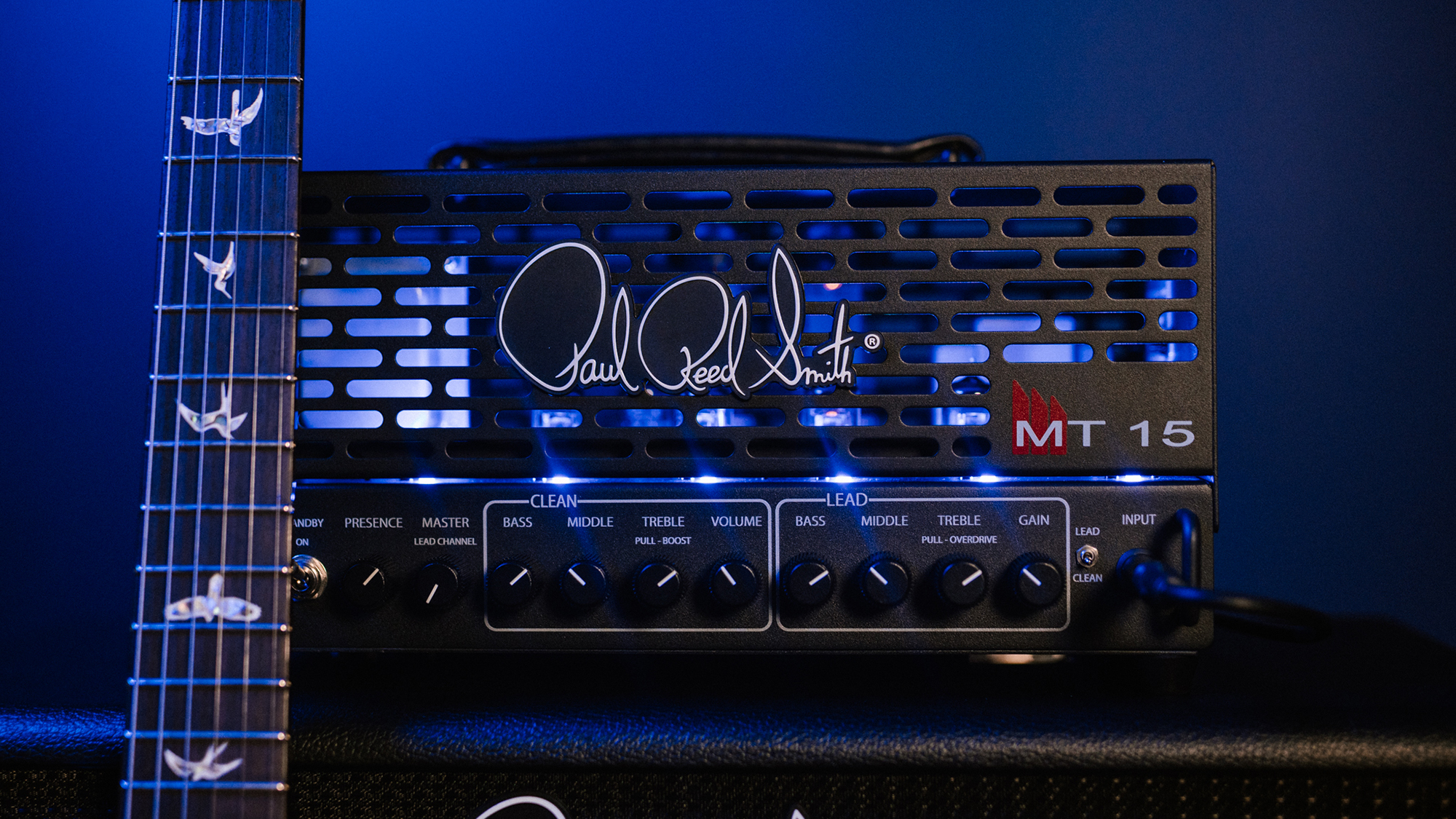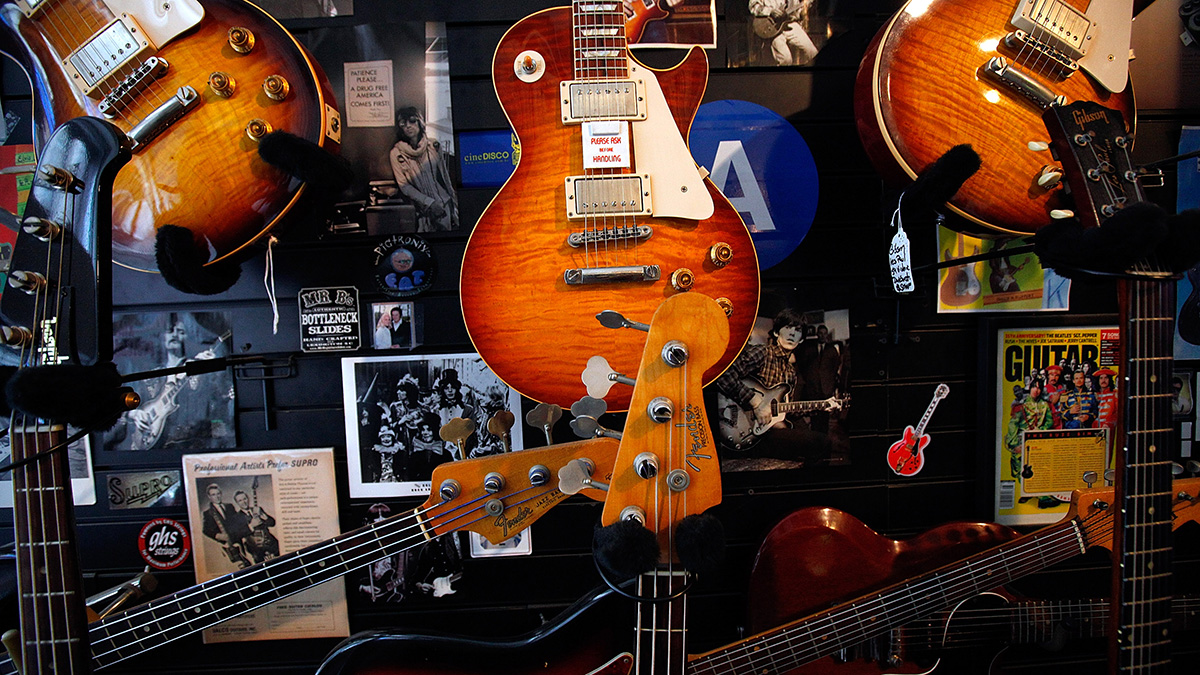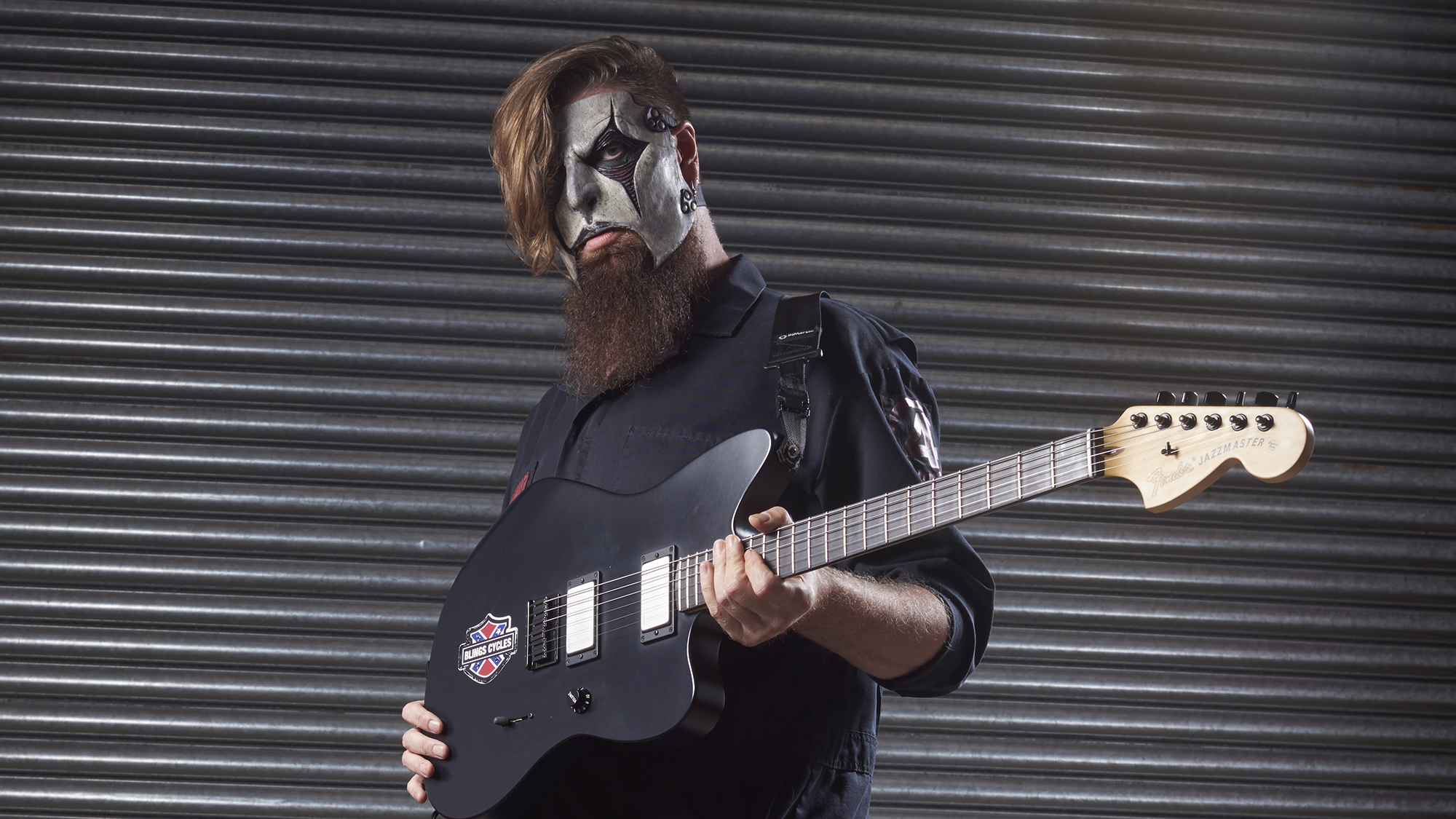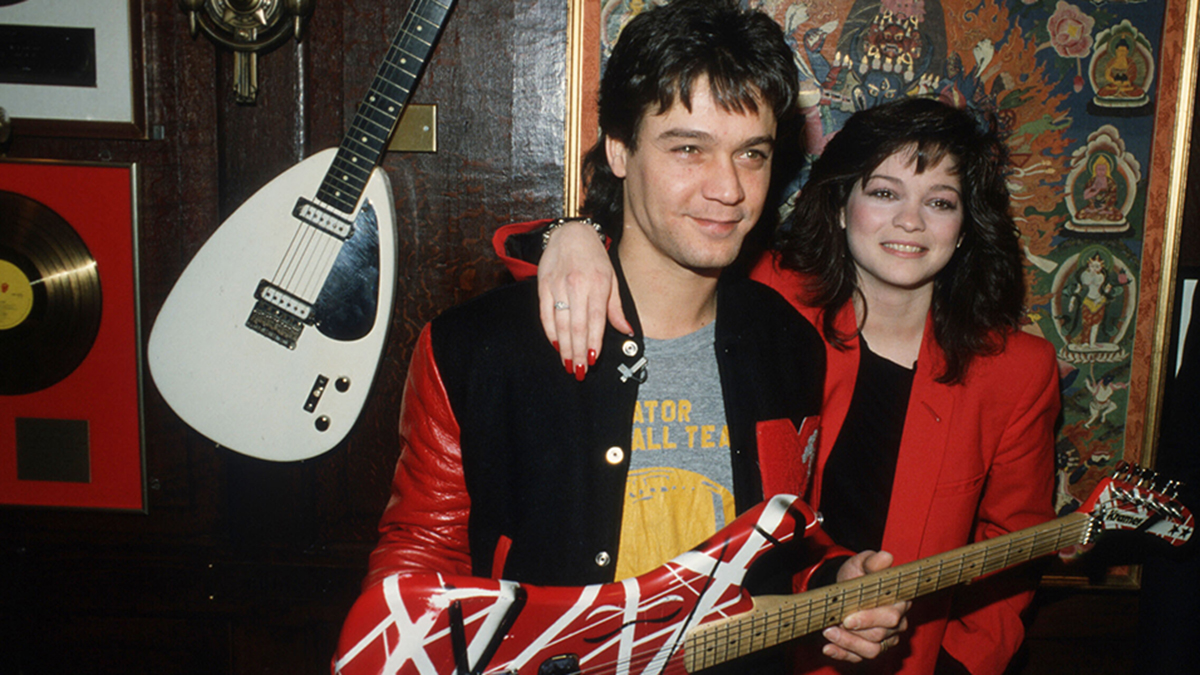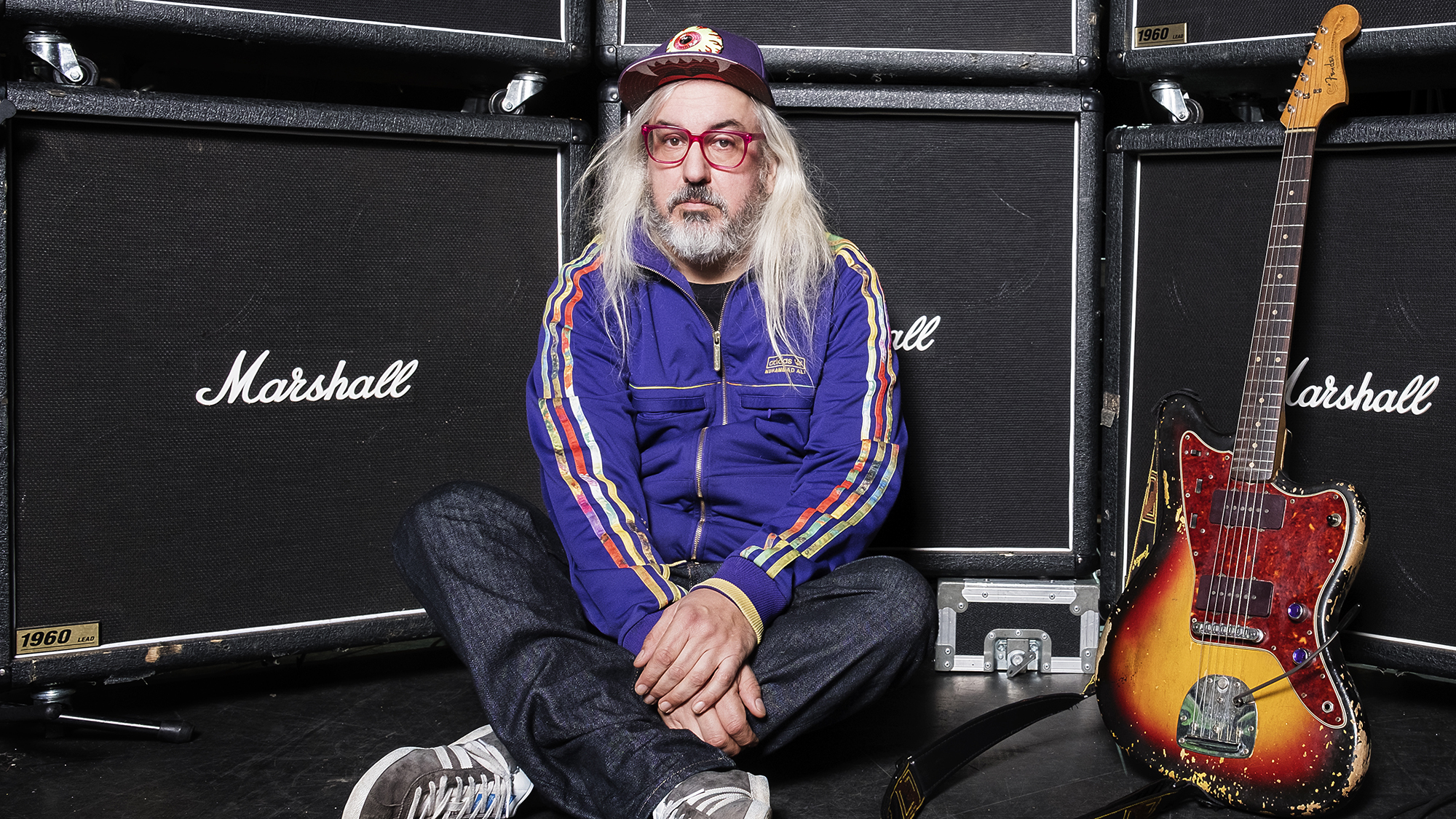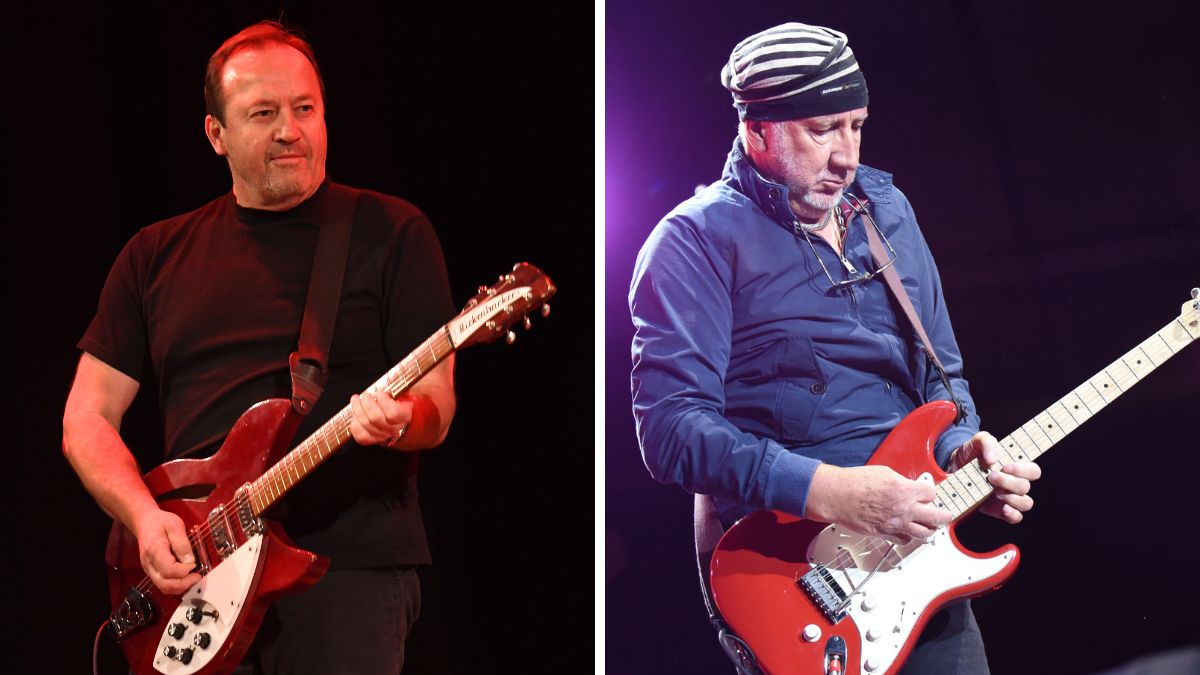Session Guitar: How to Ergonomically Set Up Your Studio for Maximum Efficiency
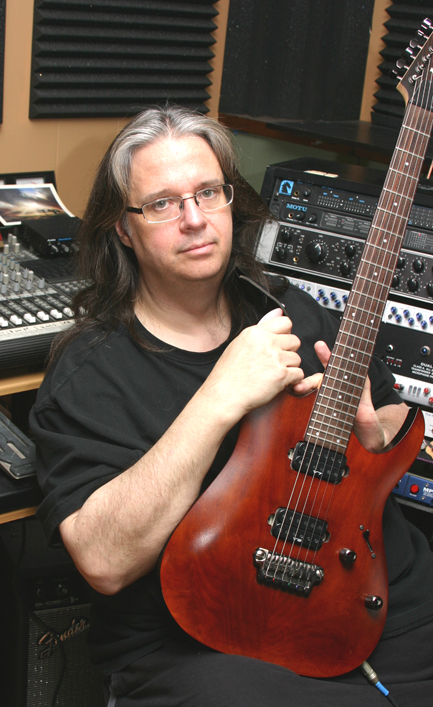
Hello, guitar buddies.
This week, I'd like to discuss studio ergonomics. Basically, I'm talking about how you can arrange your studio gear for maximum efficiency and work flow.
The less time you have to set up your studio or arrange or plug in a piece of gear, the better. That means there is no lag time when you have a creative spark. Just turn the gear and go! And from a professional POV, that means you're always ready to make money!
So let's look at a few ways to improve your studio!
We all basically record onto computers now. Are you aware of templates? A template is a pre-configured setup that suits you best. It's a starting point. My personal template has 12 mono audio tracks, 12 stereo audio tracks and 12 MIDI tracks.
I also have a reverb and delay on my sends. I have a limiter and an EQ on my master buss. It takes minutes to do. All programs I use have them already made, or you can do as I do and customize it to suit your needs. You even can add your favorite plugins and amp sims, like AmpliTube, to the template. It's your happy little world!
Next, I have a mixing board setup with my various amp sims plugged in and ready to go. I have a Line 6 HD500, a Pod XT Live and a Fender G Dec. Each contains my favorite presets and customized settings. I also have a mic or two that are best suited to my acoustic playing plugged into a preamp, and I have a Marshall cabinet mic'd and ready to go with a choice of heads easily plugged in.
Get The Pick Newsletter
All the latest guitar news, interviews, lessons, reviews, deals and more, direct to your inbox!
If I'm using the live amp, I keep the head in the control room when possible for ease of use. A combo amp negates this possibility.
Returning to the computer for a minute, I have three external hard drives ready to backup my work. It is only responsible to do that. As a matter of fact, when I leave the house for any reason, one of those hard drives travels with me. Once again, no excuses can be given when you are a professional.
I keep my favorite guitars all setup and restrung so all I have to do is reach over and grab whatever the song is hungry for. This includes a Les Paul, a Strat, a 335 and an Ibanez with a locking system. I never know what I'll need, so I just make sure my work axes are ready to go. I look at them like crayons.
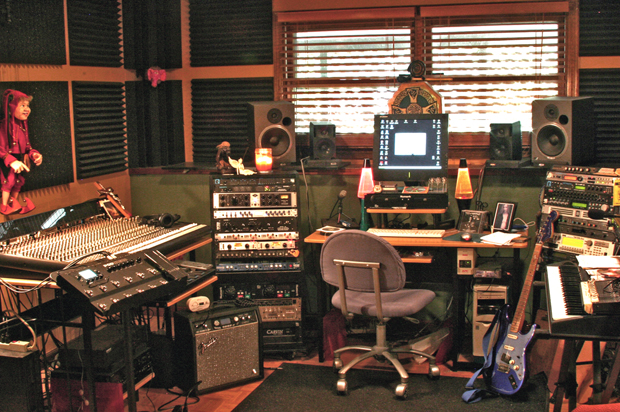
Back to the studio control room: All my gear is within arms' reach. My sims and mixing board for routing is on my far left. My boutique (NEVE, UA, SSL) preamps and compressors are to my immediate left. I keep a good mic right in front of me that can be used to lay down any number of tracks from percussion to acoustic guitars to vocals. I keep my headphones to my left also.
I have two pairs of monitors for playback. Then to my right I keep my keyboard rack and line mixer with all my various MIDI modules. I prefer hardware keyboards over software but have my share of some outstanding software ones.
On my keyboard, I keep music paper for notation along with an assortment of pens. My chair is possibly one of the more important pieces of studio gear. I found one I liked. Can be comfy for long hours and removed the arms. They seem to get in the way.
Things you may not consider: Atmosphere. I keep the lighting the way I like it. I keep a pumpkin candle lit. I have lava lamps and paintings and pictures that inspire. Monitor height is also important. Don't want to crane your neck just to see what you are working on. Keeping your work area clutter-free is also important. It can turn to hell during a session. But before it starts it should be clean and neat. It should be something you are proud of and inspires creativity.
Lastly, every few months, I buy some new gear, and it needs to be added into the setup. This is the time to evaluate your present gear and see how much use it is getting. Don't keep gear in the studio just to look cool. If it has no purpose and you find you never use it, get rid of it. De-clutter. Put it away or sell it or even donate it. Good karma! Use what you need. Unless you're setting up a museum!
(Also) lastly, I'd like to reiterate that this is your studio, not a commercial studio. Use the software of your choice and set it up for you. A professional studio has to have a place where outside engineers can come in and know what is going on. In your studio the only one that matters is you. And let me tell you something else ...
I am one of three people who have any idea how to even turn on the gear in my place, not to mention how it's routed. And even if they got the gear on, they probably could not get audio out. Why? It's not to be secretive. It's because of software quirks.
But like a marriage, my wife knows my quirks and how to turn me on! And I know how to do the same with my studio relationship. And we've been together longer than my marriage!
Here's a quick video tour of my home studio from 2010. Some keyboards have been changed and pre's added, but it's basically the same:
Till next time … Ron Zabrocki
Ron Zabrocki on Ron Zabrocki: I’m a session guitarist from New York, now living in Connecticut. I started playing at age 6, sight reading right off the bat. That’s how I was taught, so I just believed everyone started that way! I could pretty much sight read anything within a few years, and that aided me in becoming a session guy later in life. I took lessons from anyone I could and was fortunate enough to have some wonderful instructors, including John Scofield, Joe Pass and Alan DeMausse. I’ve played many jingle sessions, and even now I not only play them but have written a few. I’ve “ghosted” for a few people that shall remain nameless, but they get the credit and I got the money! I’ve played sessions in every style, from pop to jazz.
